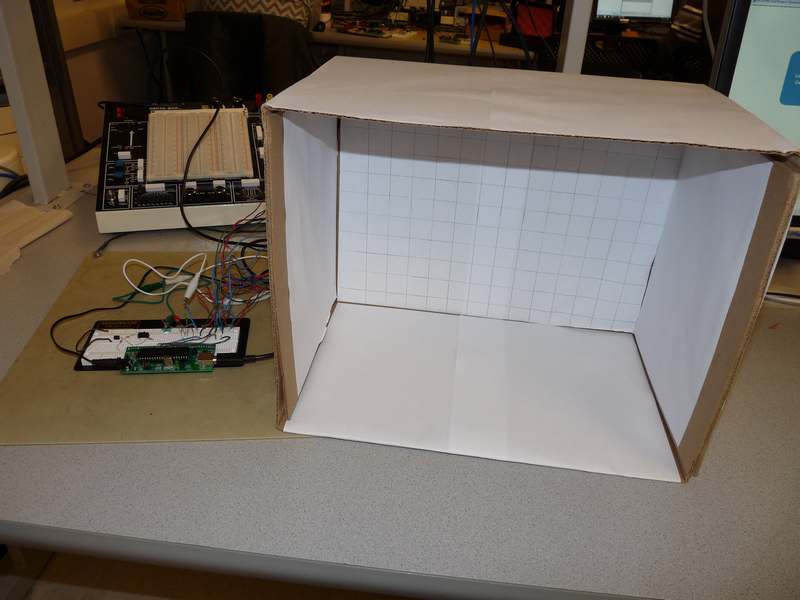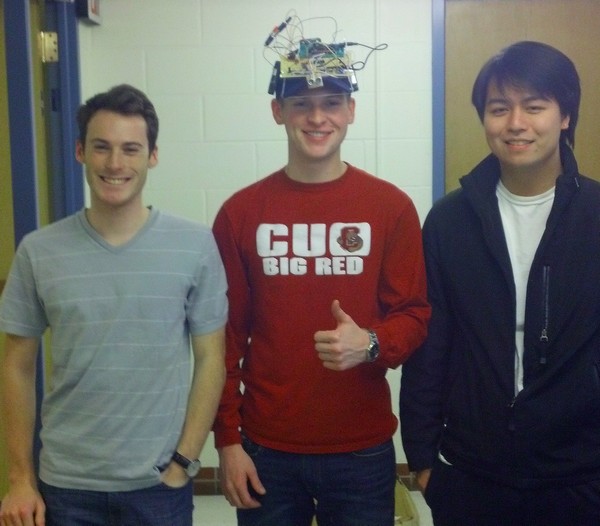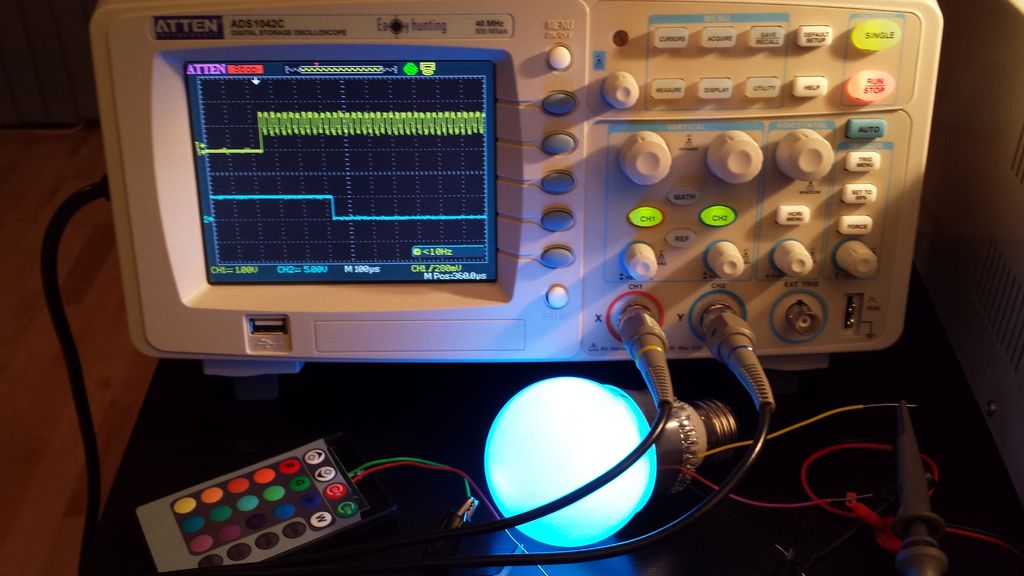Gesture Based Security Lock Project
Instead of using keys and codes for security this device that Ankur Thakkar, Darshan Shah and Saisrinivasan Mohankumar built as part of their ece4760 Final Project uses gestures to grant access. The system uses IR sensors to determine the movement of a persons hand within the detection area, after you train the unlock pattern you can simply repeat the pattern to activate the device. I think a small miniature





